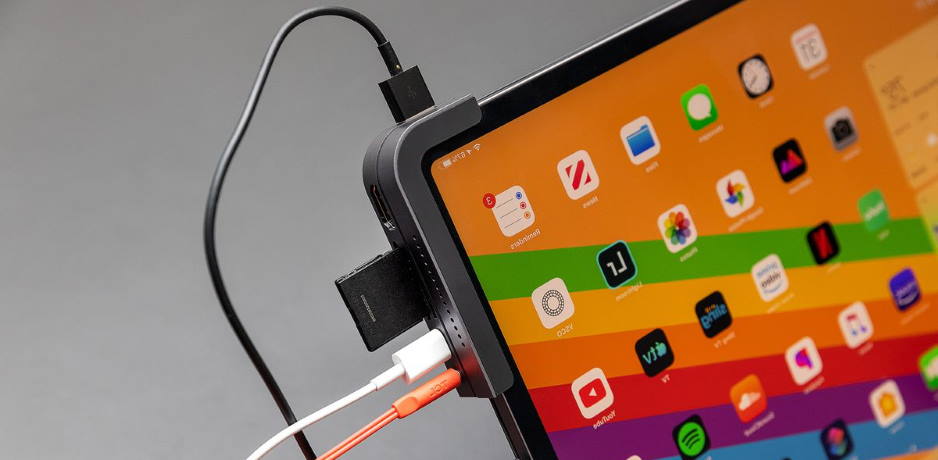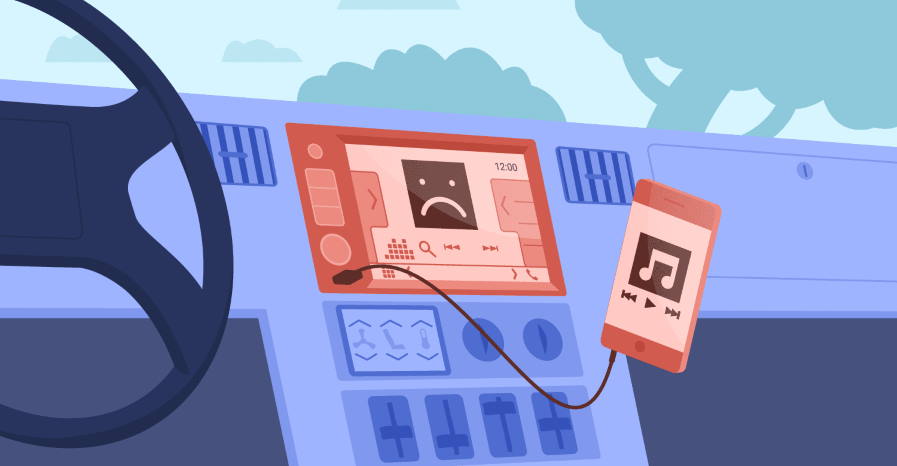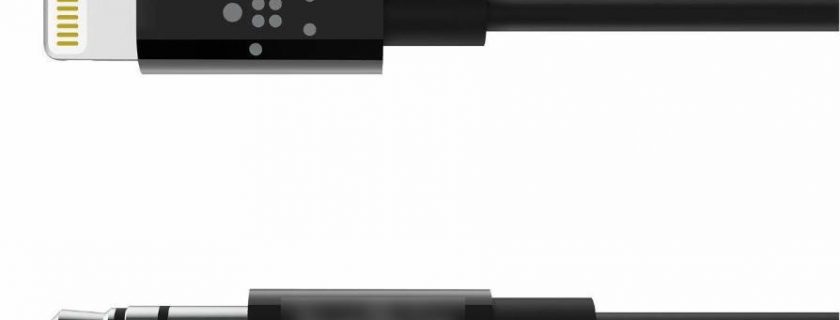The main difference between a USB connection and an auxiliary input (AUX) is that one sends unprocessed digital data to the main unit (auto stereo), and the other one sends a processed, analog audio signal.
A simple example would be, such as the USB data transfer cable of a computer and the AUX cable to transfer an audio signal as well as that of the headphones.
Advantages and disadvantages of auxiliary inputs
An AUX connection provides more utility, that is, it can be used with a wider range of devices, but USB connections usually download sound processing to the main unit and sometimes even allow you to control playback (and others functions) of the main unit.

The main benefit to an AUX input is that it can be used with basically any audio device. Regardless of whether you have an iPhone, Android, or even a Walkman, you will be able to use it with the auxiliary input on the main unit.
A cable works with almost all portable devices (although some of them require an adapter), and changing or updating your music player will be easy and “painless” with aux.
The main drawback of using an auxiliary input has to do with the difference between a car stereo and hearing aids. The headphones are small and without power, while the simplest auto-stereo system has much larger speakers and an amplifier, either independent or integrated into the main unit.
The problem is that, when an auxiliary cable is used, the iPhone does all the “heavy work”; The iPhone processes the digital music files that it has stored in it, and transmits the resulting audio signal through the headphones input to the auxiliary input on the main unit.

Advantages and disadvantages of USB inputs
When the iPhone (or other compatible device) is connected to a main unit through a USB input, the iPhone normally sends the raw data to the main unit. The main unit is responsible for decoding and / or processing the song data in an audio signal.
The main benefit of a USB VS input. An AUX input is sound quality, but these connections often come with other benefits. For example, some main units can take direct control of an iPhone or iPod through a USB connection, and it is much safer and more convenient than using your cell phone whenever you want to change songs or adjust the volume.
USB connections usually provide better sound quality than auxiliary inputs, which are not as universal. While you can use an auxiliary input with virtually any portable audio device, the USB input of the main unit has more limited compatibility.






